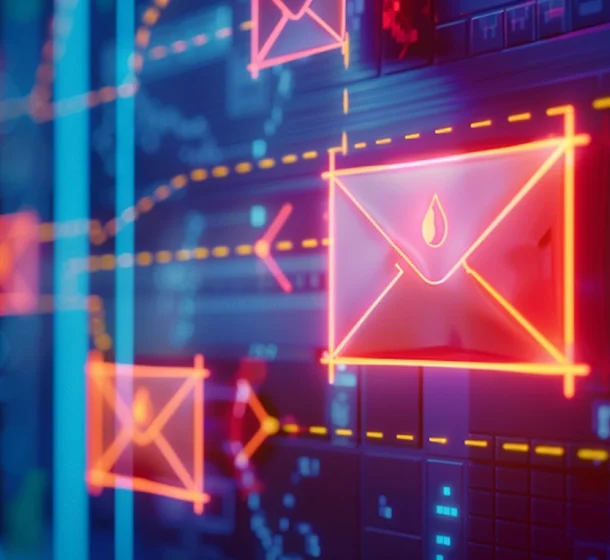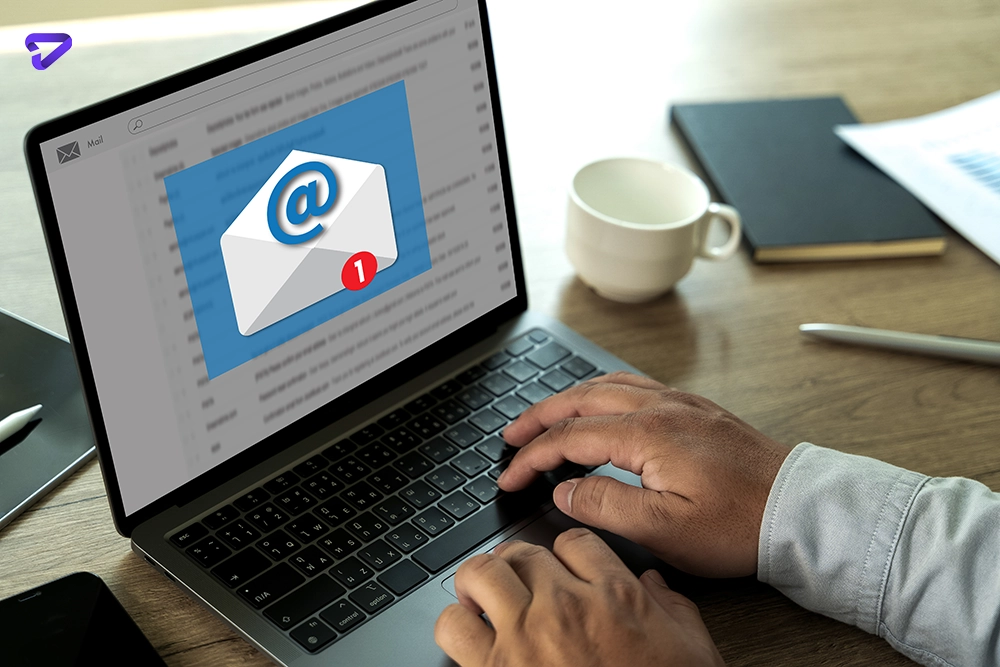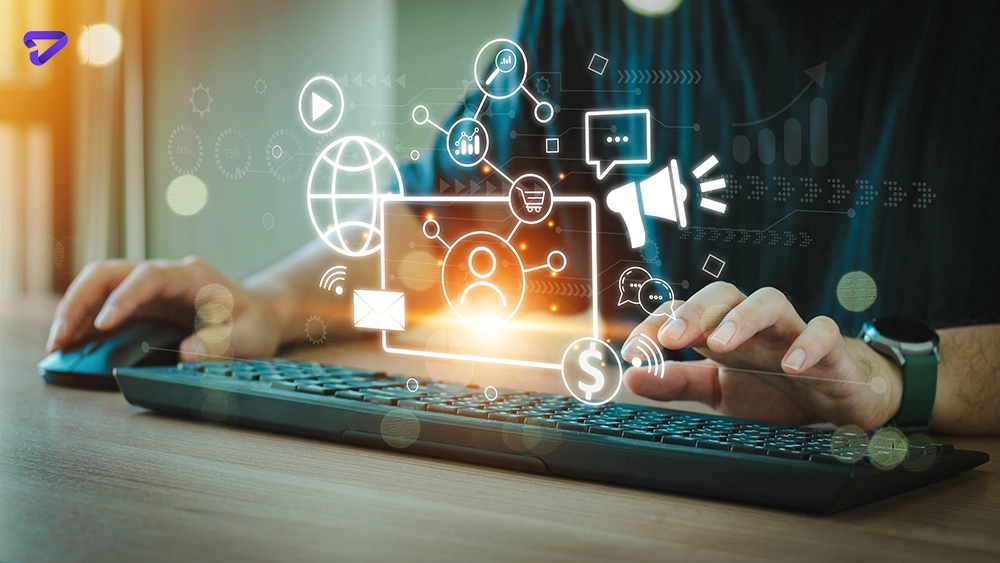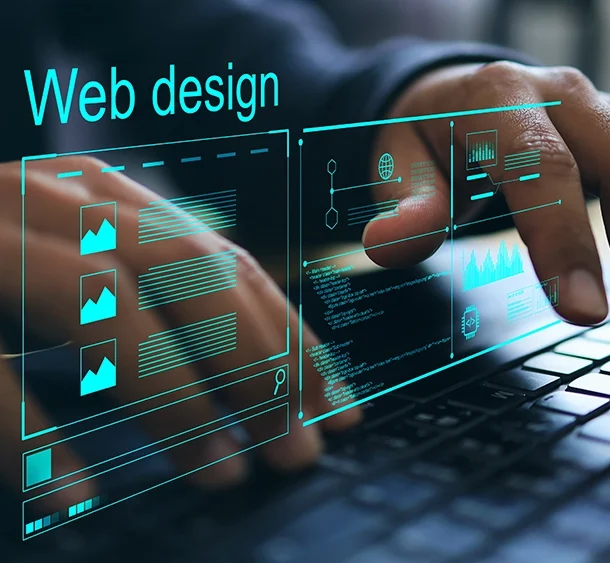
The Future of Email Marketing
The future of email marketing lies in leveraging AI-driven automation, advanced personalization, and interactive content to boost engagement and maximize ROI.
Email marketing has been a cornerstone of digital marketing for decades, and its future looks brighter than ever.
As we look ahead to 2024 and beyond, it’s clear that email marketing is evolving rapidly, embracing new technologies and adapting to changing consumer behaviors.
In this comprehensive guide, we’ll explore the future of email marketing and how businesses can stay ahead of the curve.
Explore our “Ultimate Email Marketing Guide” to discover the latest trends and innovative strategies shaping the future of email marketing.
The Evolution of Email Marketing: A Brief History
Email marketing has come a long way since its inception:
1978: The first marketing email was sent by Gary Thuerk, resulting in $13 million in sales.
1990s: The rise of the internet made email marketing more accessible to businesses.
2000s: HTML emails became popular, allowing for more visually appealing content.
2010s: Mobile optimization and personalization became crucial.
2020s: AI, interactivity, and privacy concerns are shaping the future of email marketing.
Today, email marketing remains one of the most effective digital marketing channels, with an average ROI of $42 for every $1 spent 1.

Current State of Email Marketing in 2024
As of 2024, email usage continues to grow, with over 4 billion active email users worldwide 2.
Despite the rise of social media and messaging apps, email remains a preferred communication channel for both personal and business use.
However, marketers face challenges such as inbox clutter and evolving privacy regulations.
Emerging Trends Shaping the Future of Email Marketing
Artificial Intelligence and Machine Learning in Email Marketing
AI-powered personalization is revolutionizing email marketing.
Machine learning algorithms analyze vast amounts of data to predict customer preferences and behaviors, allowing marketers to deliver hyper-personalized content at scale.
Examples of AI in email marketing:
Better Subject Lines: Special computer tools can write subject lines that make people want to open the email.
Best Time to Send: Computers can figure out when each person is most likely to read their email.
Suggesting What to Buy: Computers can look at what you’ve bought before and suggest other things you might like.
Interactive and Dynamic Email Content
The future of email marketing lies in creating engaging, interactive experiences right in the inbox.
AMP for Email technology allows for dynamic content that updates in real-time, enabling features like:
. Live polling
. Product carousels
. In-email purchases
. Real-time inventory updates
. Interactive quizzes and surveys
Case Study: Booking.com implemented AMP-powered emails that allow users to browse hotel options and check availability without leaving their inbox, resulting in a 20% increase in engagement 3.
Hyper-Personalization and Customer-Centric Approaches
Gone are the days of one-size-fits-all email campaigns.
The future of email marketing is all about delivering the right message to the right person at the right time.
Advanced personalization techniques include:
Behavioral triggers: Sending emails based on specific user actions or inactions.
Dynamic content: Customizing email content based on user preferences, location, or past interactions.
Predictive personalization: Using AI to anticipate user needs and preferences.
Example: Netflix’s email recommendations are tailored to each user’s viewing history, resulting in higher engagement and retention rates.
Integration with Other Marketing Channels
Email marketing will become increasingly integrated with other marketing channels, creating seamless omnichannel experiences.
This integration allows for:
. More accurate attribution
. Better understanding of the customer journey
. Consistent messaging across channels
. Improved customer experience
For instance, a customer who abandons a cart on a website might receive a targeted email reminder, see retargeting ads on social media, and receive a push notification on their mobile app, all working together to encourage a purchase.
Technological Advancements Driving Email Marketing InnovationVoice-Activated Email Interactions
As smart speakers and voice assistants become more prevalent, email marketers will need to optimize their content for voice interactions.
This may include:
. Creating voice-friendly subject lines
. Structuring content to be easily digestible when read aloud
. Implementing voice commands for email actions (e.g., “Read my latest newsletter”)
Blockchain Technology in Email Marketing
Blockchain has the potential to revolutionize email security and authentication.
Benefits include:
. Enhanced privacy and data protection
. Reduced spam through verified sender identities
. Improved deliverability rates
. Transparent and secure email transactions
Augmented Reality (AR) in Emails
AR technology is set to bring immersive experiences to email marketing, creating new opportunities for engagement and conversion.
Potential applications include:
. Virtual try-ons for fashion and beauty products
. 3D product visualizations
. Interactive AR games and experiences within emails
Example: Ikea’s AR app allows users to visualize furniture in their homes.
Similar functionality could be integrated into email campaigns, allowing recipients to “place” products in their space directly from an email.

Privacy and Data Protection in the Future of Email Marketing
With regulations like GDPR and CCPA in place, the future of email marketing will prioritize user privacy and data protection.
Key considerations include:
Consent management: Implementing robust systems for obtaining and managing user consent.
Data minimization: Collecting only necessary data and securely storing it.
Transparency: Clearly communicating how user data is collected, used, and protected.
Right to be forgotten: Implementing processes for users to easily request data deletion.
Mobile-First Email Marketing Strategies
As mobile device usage continues to grow, email marketers must prioritize mobile-friendly designs and experiences.
This includes:
. Responsive layouts that adapt to different screen sizes
. Touch-friendly buttons and calls-to-action
. Optimized image sizes for faster loading on mobile networks
. Mobile-specific features like click-to-call buttons or app download links
The Role of Automation in the Future of Email Marketing
Advanced automation will play a crucial role in the future of email marketing.
Key areas of automation include:
. Sophisticated drip campaigns: Multi-step email sequences triggered by specific user actions or time intervals.
. AI-powered chatbots: Handling email inquiries and providing personalized responses.
. Predictive send time optimization: Automatically determining the best time to send emails to individual recipients.
. Automated segmentation: Dynamically grouping subscribers based on behavior and preferences.
Example: An e-commerce company might use automation to send a series of welcome emails to new subscribers, followed by personalized product recommendations based on browsing history, and finally, a special offer if the user hasn’t made a purchase within a certain timeframe.

Measuring Success: The Future of Email Marketing Metrics
As privacy concerns grow and traditional metrics like open rates become less reliable, the future of email marketing analytics will focus on more meaningful engagement metrics:
Overcoming Challenges in the Evolving Email Marketing Landscape
As email marketing evolves, marketers will face new challenges:
Inbox Clutter: With the average person receiving 121 emails per day 4, standing out becomes increasingly difficult.
Solutions include:
. Creating more valuable and relevant content
. Using AI to optimize send times and frequency
. Implementing interactive elements to increase engagement
Deliverability Issues: As spam filters become more sophisticated, ensuring emails reach the inbox will be crucial.
Strategies include:
. Regularly cleaning email lists
. Implementing authentication protocols (SPF, DKIM, DMARC)
. Monitoring engagement metrics and adjusting sending practices accordingly
Changing Consumer Preferences: Adapting to shifting consumer expectations will be an ongoing challenge.
Marketers should:
. Regularly survey subscribers about their preferences
. Use AI to analyze behavior and predict future preferences
. Offer easy preference management options for subscribers

Case Studies: Innovative Email Marketing Campaigns of the Future
Smart Product Suggestions: Company X used AI to suggest products based on what customers looked at and bought before.
This helped them sell 35% more.
Fun, Interactive Emails: Company Y made their emails more interesting by adding things people could click on and play with.
This made 50% more people interact with their emails.
Connecting Different Platforms: Company Z linked their emails with their app and social media.
This made 25% more customers stay with them.
Preparing for the Future: Steps to Evolve Your Email Marketing Strategy
To stay ahead in the future of email marketing, consider these steps:
Audit Your Current Approach:
. Evaluate your current email marketing strategy
. Identify areas for improvement
. Assess your technology stack and data capabilities
Invest in the Right Technologies:
. Research and adopt new technologies that align with your goals
. Consider AI-powered tools for personalization and optimization
. Explore interactive email platforms and AR capabilities
Upskill Your Team:
. Ensure your team is trained in the latest email marketing techniques
. Develop expertise in data analysis and AI applications
. Foster a culture of continuous learning and experimentation

Expert Predictions: What Industry Leaders Say About the Future of Email Marketing
Industry experts predict that the future of email marketing will be characterized by:
Increased Personalization: “The future of email marketing lies in one-to-one personalization at scale,” says Jane Doe, Email Marketing Consultant.
Greater Integration: “Email will become more tightly integrated with other marketing channels, creating seamless customer experiences,” predicts John Smith, Marketing Technology Expert.
Privacy-First Approach: “Successful email marketers will prioritize user privacy and data protection, building trust with their audience,” notes Sarah Johnson, Data Privacy Specialist.
Conclusion: Embracing the Future of Email Marketing
Email marketing has a bright future ahead.
New technologies and strategies are making it more exciting and effective than ever.
To succeed, marketers should:
. Keep up with new trends
. Respect user privacy
. Try out new technologies
The key to success is being flexible and open to change.
By updating your strategies regularly, you can stay ahead and get the most out of email marketing.
The best email marketers will use new tech while also really understanding what their audience wants.
If you start getting ready for these changes now, you’ll be in a great position for the future.
Remember, email marketing is still a powerful way to connect with customers and grow your business.
By embracing the future of email marketing, you can keep reaching your audience effectively in the ever-changing digital world.
Danabak Agency provides cutting-edge email marketing services, utilizing advanced strategies and technology to enhance customer engagement and drive business growth.








